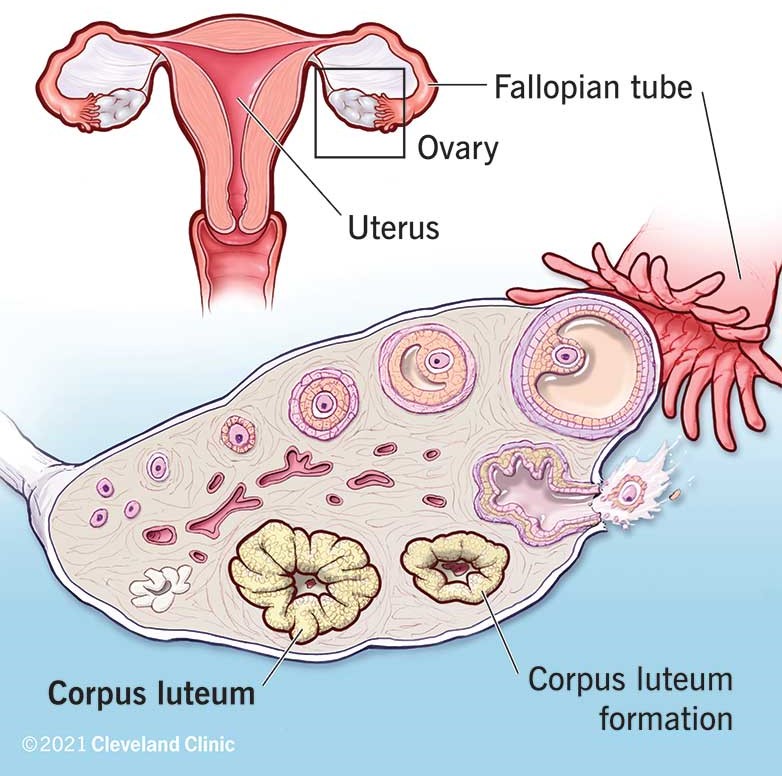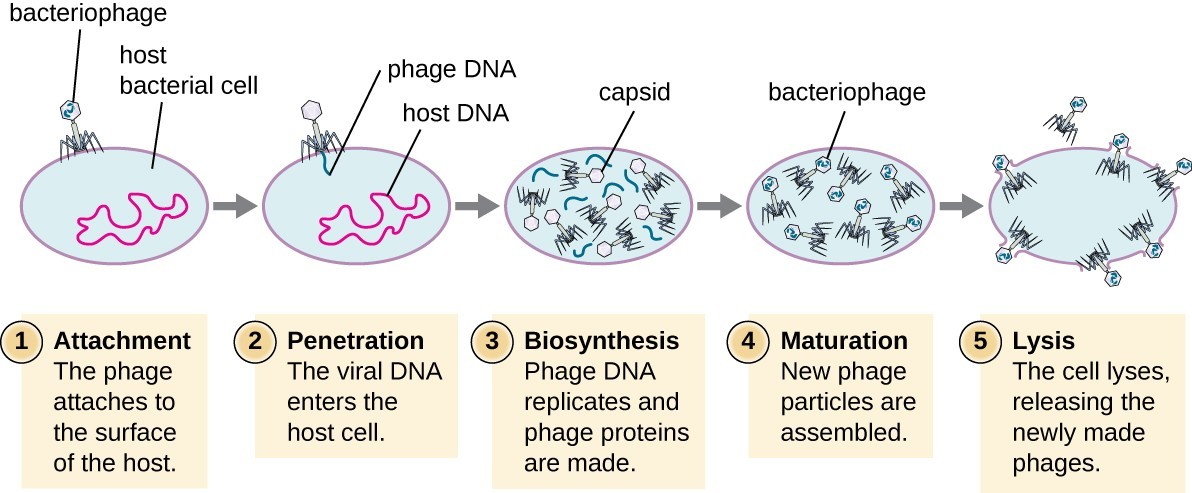A nurse is conducting a research study to compare the effects of two different pain medications on postoperative patients. The nurse randomly assigns the patients to either receive medication A or medication B. Which of the following is the best way to ensure that the study is valid and reliable?
A. Use a large sample size and a standardized procedure for administering the medications.
B. Use a placebo group and a double-blind technique for giving the medications.
C. Use a matched-pairs design and a crossover technique for switching the medications.
D. Use a convenience sample and a pretest-posttest design for measuring the pain levels.
The correct answer is choice B.
Using a placebo group and a double-blind technique for giving the medications is the best way to ensure that the study is valid and reliable.
A placebo group helps control for the placebo effect, which can influence the results of a study.
A double-blind technique means that neither the patients nor the researchers know which medication is being given, reducing bias.
Choice A is not the best answer because while a large sample size and standardized procedure can increase reliability, they do not address validity.
Choice C is not the best answer because a matched-pairs design and crossover technique are useful for reducing variability but do not address validity.
Choice D is not the best answer because a convenience sample may not be representative and a pretest-posttest design does not control for extraneous variables.
Therefore, the Correct Answer is B.




